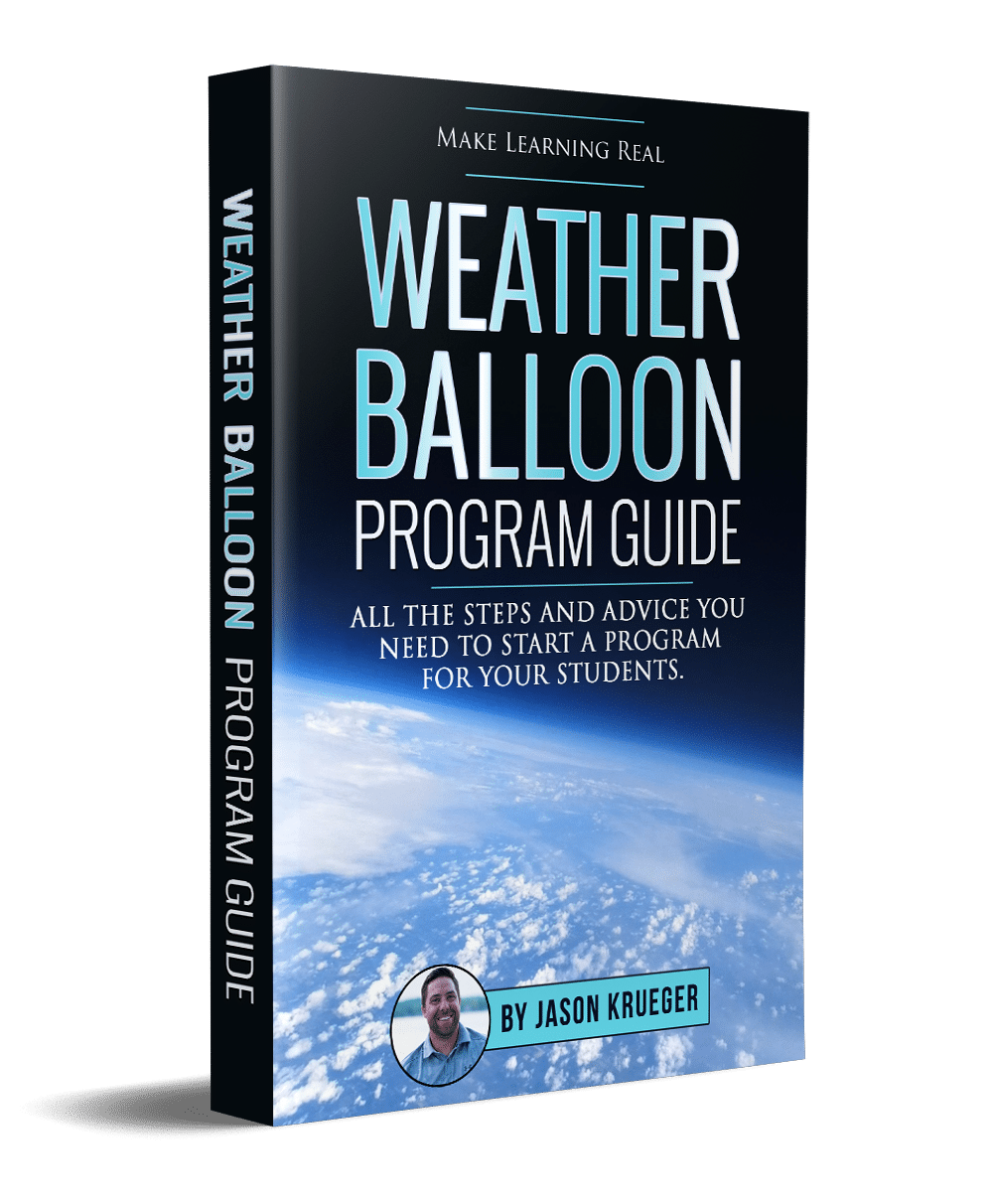One of the most exciting elements of teaching STEM education is seeing the curiosity build within your students. Suddenly their questions become more intuitive. They begin to learn from mistakes and make more educated decisions. This process will spark a passion within students, making them more eager to learn and hopefully pursue a STEM career in the future. The question is how to build curiosity in your students? Here are some ways to turn your students curiosity into a passion.
Ask Questions That Ignite Curiosity
Students absorb a majority of what you do as a teacher. Ask them questions you would like for them to ask you. Unknowingly the students will be trained on how to ask intuitive questions. Remember, no question is fully answered. Try revisiting old questions to respark students inquiry. Once your students transition from being quiet to asking question, build off of it. Try not to give too many fact answers. Provide more questions to the ones they ask you.
Provide Students With A Base
We understand that not all learning can be done outside of the classroom. When in the classroom, use this as an opportunity to teach the basics of area of study. Strategically invite students to bring in articles about the matter to present different viewpoints and allow them to learn on their own.
Avoid An End Date
The quickest way to exchange information with students is not always the best way of doing things. Students will remember what you teach if they are inspired and have time to answer questions their own way. By letting their curiosity build, their memory will improve. Standardized testing should not be your ultimate goal, but for measurement sake this tactic will improve test scores as well.
The Perfect Example
StratoStar’s weather balloon projects are the perfect example of how to transition students’ curiosity to passions. The project puts the work into the hands of the students. They have the opportunity to see first hand what space looks like and how the earth changes. The students will become scientist by examining their own video footage and analyzing the data. If you’re interested in our project based learning ideas, feel free to let us knowor download our free e-bookon how three professors partnered with StratoStar!



